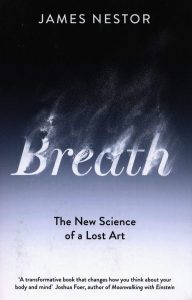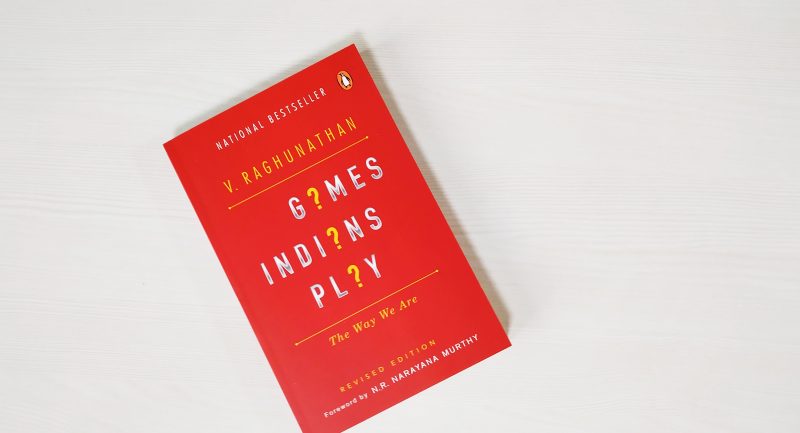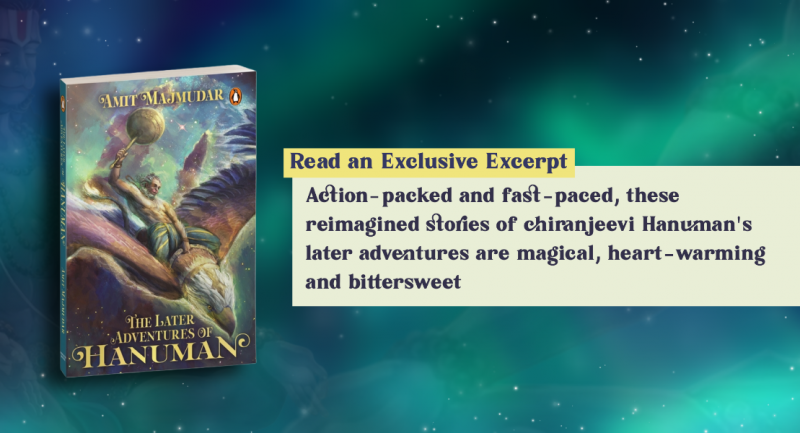
There is nothing more essential to our health and well-being than breathing. Yet, as a species, humans have lost the ability to breathe correctly, with grave consequences.
Journalist James Nestor travels the world to track down men and women exploring the hidden science behind ancient breathing practices like Pranayama, Sudarshan Kriya, and Tummo, and covers modern research that shows that that making even slight adjustments to the way we inhale and exhale can jump-start athletic performance, rejuvenate internal organs, even halt auto-immune disease.
Drawing on thousands of years of medical texts and recent cutting-edge studies in pulmonology, psychology, biochemistry, and human physiology, Breath is here to transform how we perform our most basic biological function,
Read on for an excerpt from this extraordinary book:

Breath
James Nestor
The freedivers told me they’d previously been “most people.” Their transformation was a matter of training; they’d coaxed their lungs to work harder, to tap the pulmonary capabilities that the rest of us ignore. They insisted they weren’t special. Anyone in reasonable health willing to put in the hours could dive to 100, 200, even 300 feet. It didn’t matter how old you were, how much you weighed, or what your genetic makeup was. To freedive, they said, all anyone had to do was master the art of breathing. To them breathing wasn’t an unconscious act; it wasn’t something they just did. It was a force, a medicine, and a mechanism through which they could gain an almost superhuman power. “There are as many ways to breathe as there are foods to eat,” said one female instructor who had held her breath for more than eight minutes and once dived below 300 feet. “And each way we breathe will affect our bodies in different ways.” Another diver told me that some methods of breathing will nourish our brains, while others will kill neurons; some will make us healthy, while others will hasten our death. They told crazy stories, about how they’d breathed in ways that expanded the size of their lungs by 30 percent or more. They told me about an Indian doctor who lost several pounds by simply changing the way he inhaled, and about another man who was injected with the bacterial endotoxin E. coli, then breathed in a rhythmic pattern to stimulate his immune system and destroy the toxins within minutes. They told me about women who put their cancers into remission and monks who could melt circles in the snow around their bare bodies over a period of several hours. It all sounded nuts. During my off- hours from doing underwater research, usually late at night, I read through reams of literature on the subject. Surely someone had studied the effects of this conscious breathing on landlubbers? Surely someone had corroborated the freedivers’ fantastic stories of using breathing for weight loss, health, and longevity? I found a library’s worth of material. The problem was, the sources were hundreds, sometimes thousands, of years old. Seven books of the Chinese Tao dating back to around 400 bce focused entirely on breathing, how it could kill us or heal us, depending on how we used it. These manuscripts included detailed instructions on how to regulate the breath, slow it, hold it, and swallow it. Even earlier, Hindus considered breath and spirit the same thing, and described elaborate practices that were meant to balance breathing and preserve both physical and mental health. Then there were the Buddhists, who used breathing not only to lengthen their lives but to reach higher planes of consciousness. Breathing, for all these people, for all these cultures, was powerful medicine.
**
Inhale.
Exhale.









